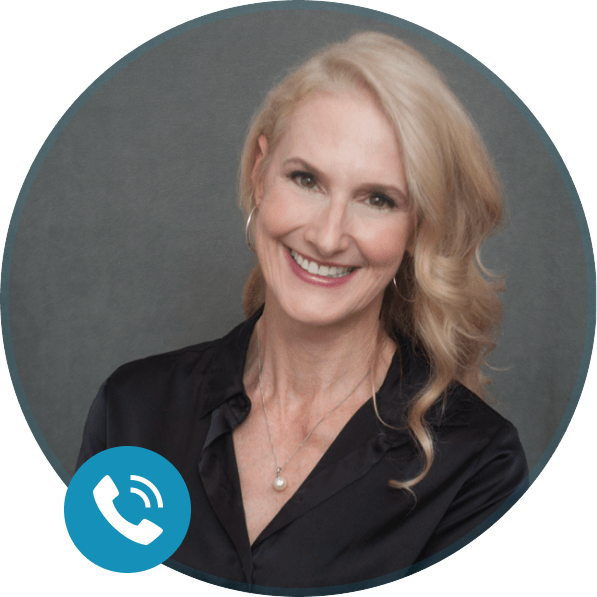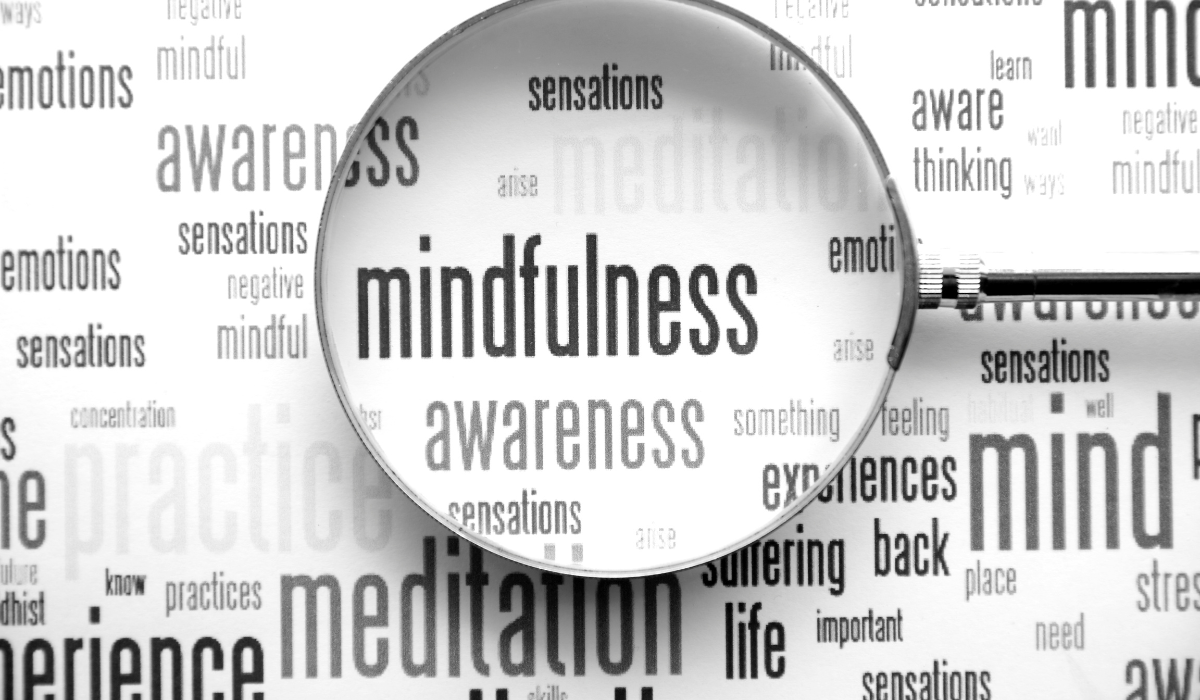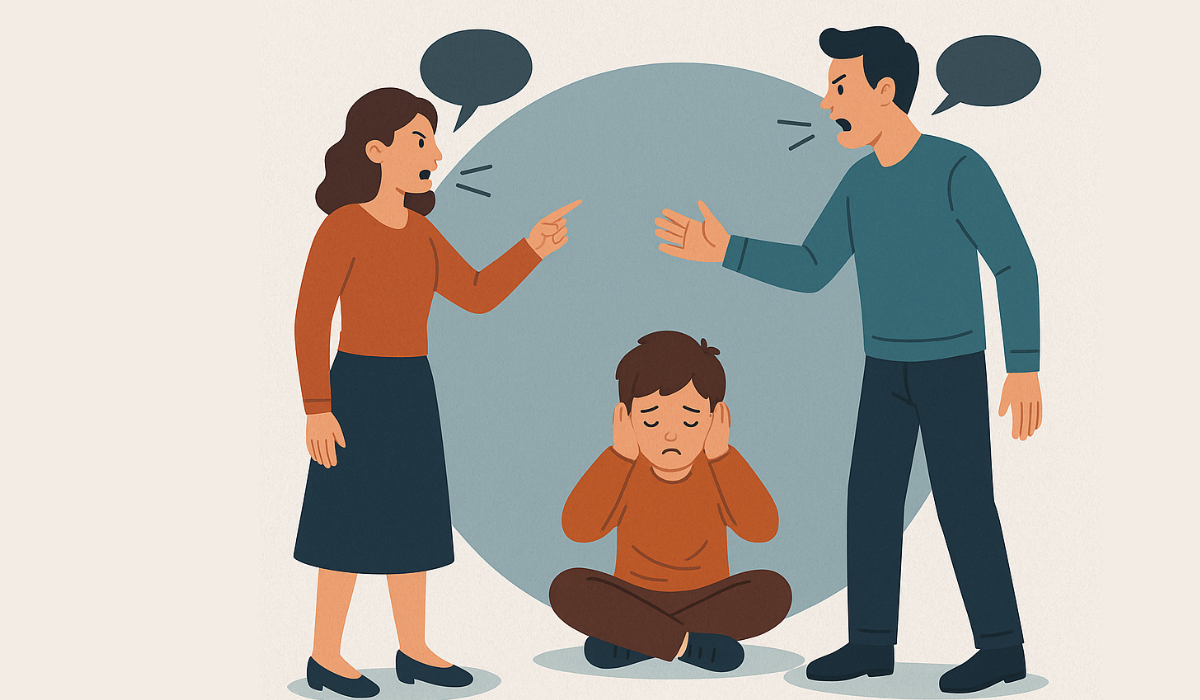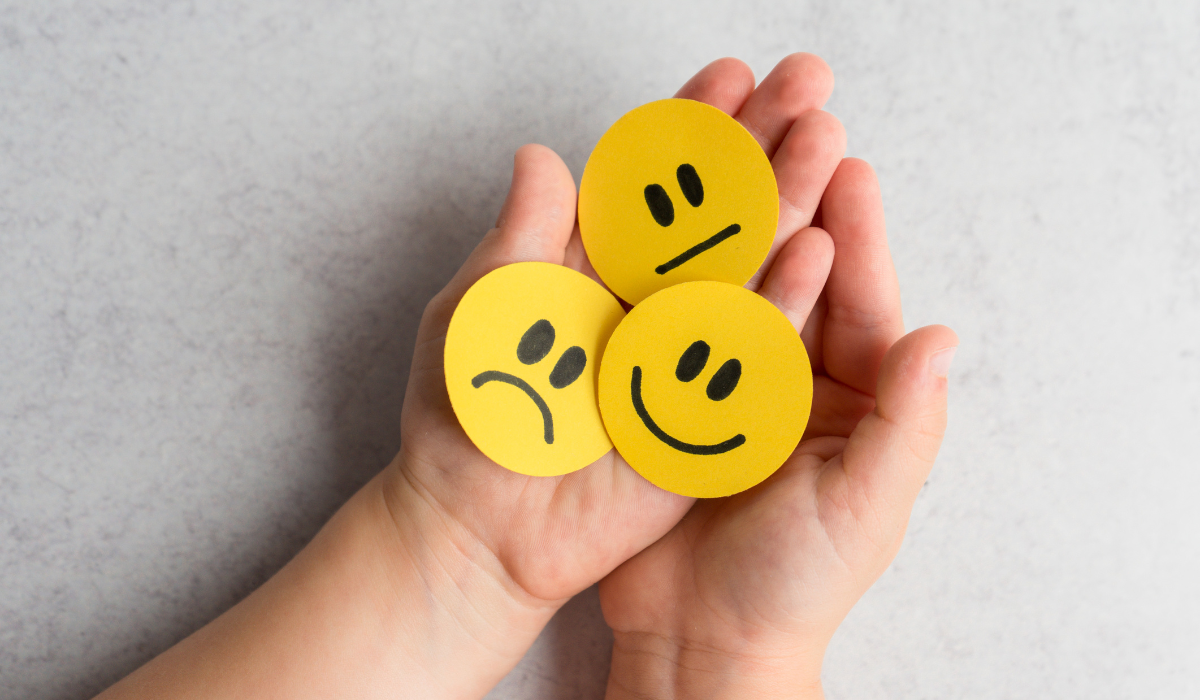Have you ever noticed how a brisk walk can clear your mind? What about how a great workout lifts your mood almost instantly? This is the mind-body connection at work, and it is more powerful than we often realize.
As a therapist, coach, and wellness enthusiast, I’ve spent over 25 years witnessing how our mental and physical health are inextricably linked. The truth is this: we can’t just think our way into a better life, we have to move into it, too.
What is the Mind-Body Connection?
The mind-body connection refers to the powerful link between our thoughts, emotions, and physical health. It’s not a trendy catchphrase, it’s neuroscience. When we experience stress, anxiety, or depression, our body responds. We tense up. Our heart rate climbs. Our sleep suffers. Our digestion slows. Over time, these physical manifestations of emotional stress take a toll.
This works both ways.
Physical movement, especially when done consistently, can regulate our mood, stabilize our nervous system, and improve our overall mental clarity. Movement isn’t just for the body. It trains the brain, too.
The Science: Why Moving Your Body Changes Your Mind
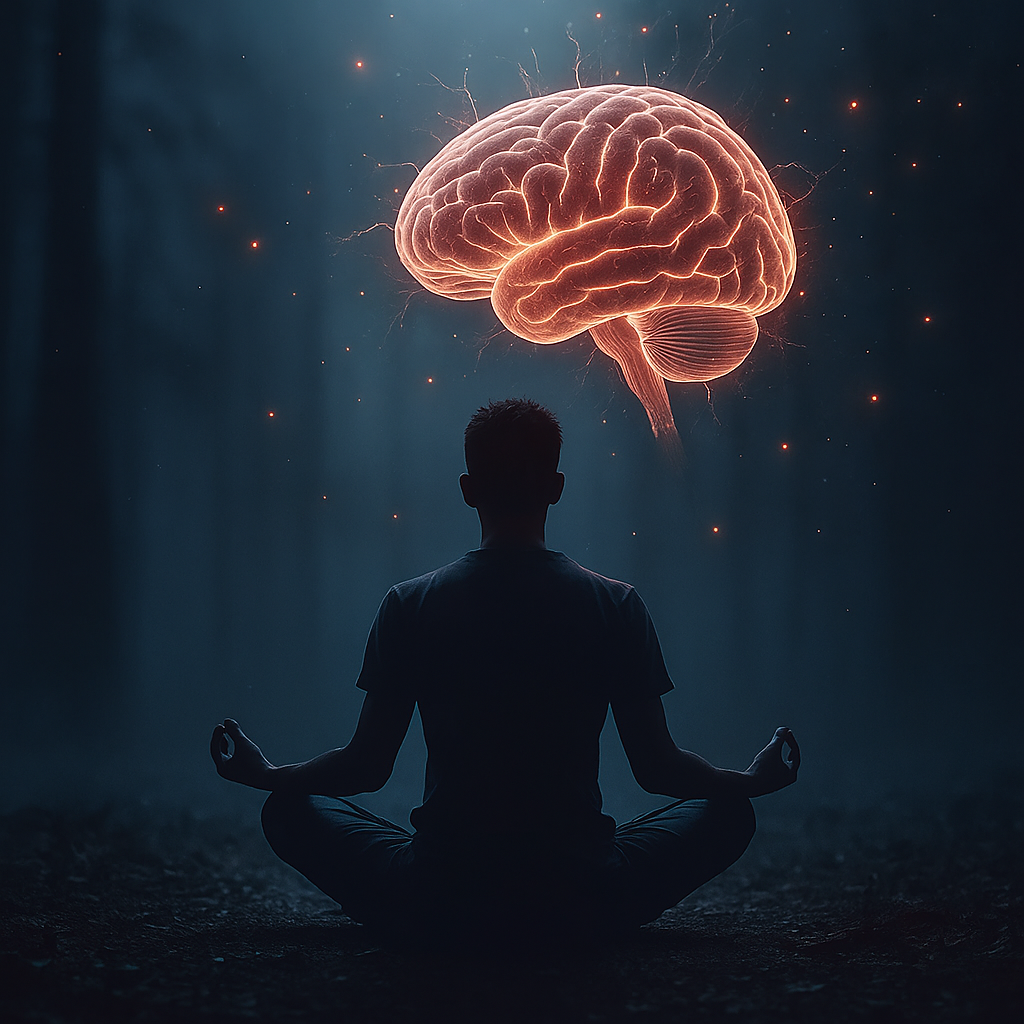
Exercise triggers the release of endorphins, our feel-good chemicals. It increases serotonin, dopamine, and norepinephrine, all of which are associated with improved mood and reduced symptoms of depression and anxiety.
Research shows that regular physical activity:
- Reduces symptoms of anxiety and depression
- Enhances memory and cognitive function
- Improves sleep quality
- Increases self-esteem
- Builds resilience against stress
You don’t need to train for a marathon to reap the benefits. Just 20–30 minutes of movement a day can produce powerful mental health outcomes.
The Emotional Impact of Inactivity
When we are stuck mentally, we are often stuck physically. Inactivity can feed a cycle of emotional stagnation: low energy, low motivation, and low self-esteem. This can lead to procrastination, negative self-talk, and eventually, chronic stress or burnout.
Movement is often the missing link. It’s the bridge between intention and transformation.
Healthy Habits as Anchors
Establishing a routine that incorporates physical activity is more than just about fitness, it is about creating a lifestyle that supports both your mind and your body. When movement becomes part of your daily rhythm, you begin to feel grounded, clear-headed, and capable.
Routines act as anchors. When life feels unpredictable or overwhelming, returning to a habit, such as a morning walk, an afternoon stretch, or a short strength workout, can help recenter your nervous system and bring you back to a place of stability and empowerment.
As I often say: Train your brain, transform your life. The brain listens best when the body moves with intention.
How to Start Building Lasting Healthy Habits
You don’t need to overhaul your life overnight. In fact, sustainable change is built through consistency, not intensity. Here’s how to start incorporating physical activity into your daily routine in a way that supports your mental and emotional well-being:
1. Start Small and Stay Consistent
Instead of aiming for an hour-long workout five days a week, start with 10 minutes a day. Walk around your neighborhood. Stretch on your patio. Dance in your living room. What matters most is that you show up regularly and with consistency.
2. Stack Your Habits
Pair movement with an existing habit to make it easier to integrate. For example:
- Do bodyweight squats while your coffee brews.
- Go for a short walk right after lunch.
- Stretch while watching your favorite show.
These small additions build momentum and make movement feel automatic.
3. Move with Intention, Not Obligation
Shift your mindset from “I have to work out” to “I get to move my body today.” Movement is a gift. It doesn’t have to look a certain way or fit a rigid mold. It is about honoring your energy and showing up for yourself in ways that feel nourishing.
4. Make It Enjoyable
Find a type of movement you actually enjoy. Whether it’s yoga, Pilates, strength training, biking, hiking, or dancing, when you enjoy the experience, it’s much easier to stick with it.
5. Schedule It Like an Appointment
We prioritize what’s on our calendar. Block out time in your day for movement just like you would a meeting or therapy session. Treat it like a non-negotiable commitment to your future self.
The Power of Routine
Routines reduce decision fatigue. They free up mental space and create a predictable rhythm that allows the nervous system to settle. A daily routine that includes movement, nourishing food, rest, and reflection is one of the most effective ways to improve your overall mental health.
The best part is that routines evolve with you. What starts as a simple walk can grow into a full training program. What begins with five minutes of meditation can turn into an intentional morning routine. Each small step creates a ripple effect.
Movement as a Mindset Tool
I often tell my clients: motivation is a feeling, but habits are a system. Don’t wait until you feel like it. Move anyway.
Every rep, every step, every stretch tells your brain: “I’m showing up.” This message builds self-trust, and self-trust builds confidence. When you keep the promises you make to yourself, even the small ones, your mindset begins to shift.
You don’t just feel stronger, you become stronger. I can personally confirm that this happened in my own life when I began showing up on a regular basis and staying consistent with my healthy habits, they just became a regular part of my life.
Real Life, Real Change
As someone who lives the wellness lifestyle, I’ve seen firsthand how the mind-body connection transforms lives. Clients who were once stuck in cycles of anxiety, depression, or self-doubt began to feel empowered by implementing simple physical routines into their day.
Not because they were chasing a certain body, but because they were reconnecting with themselves.
One client began walking every morning for 15 minutes after years of avoiding exercise. After three weeks, she reported sleeping better, feeling more in control of her thoughts, and most importantly, believing in herself again. Opportunities began to present themselves in ways she had never recognized in the past.
Movement is more than physical. It’s a mental reset, a spiritual shift, and an emotional recharge.
Your Invitation to Transform
If you are feeling overwhelmed, stuck, or ready to create lasting change, don’t underestimate the power of movement. Start where you are. Use what you have. And build a routine that supports your mind, body, and soul.
This is your invitation to not just survive, but to thrive.
Train your brain and transform your life.
You don’t have to do it alone. If you’re ready to build a personalized wellness routine that supports your emotional and physical health, I’d love to support you.
Reach out to work with me or explore my signature 3×10 Method, a simple but powerful approach to habit formation that blends mindset training with intentional movement.

